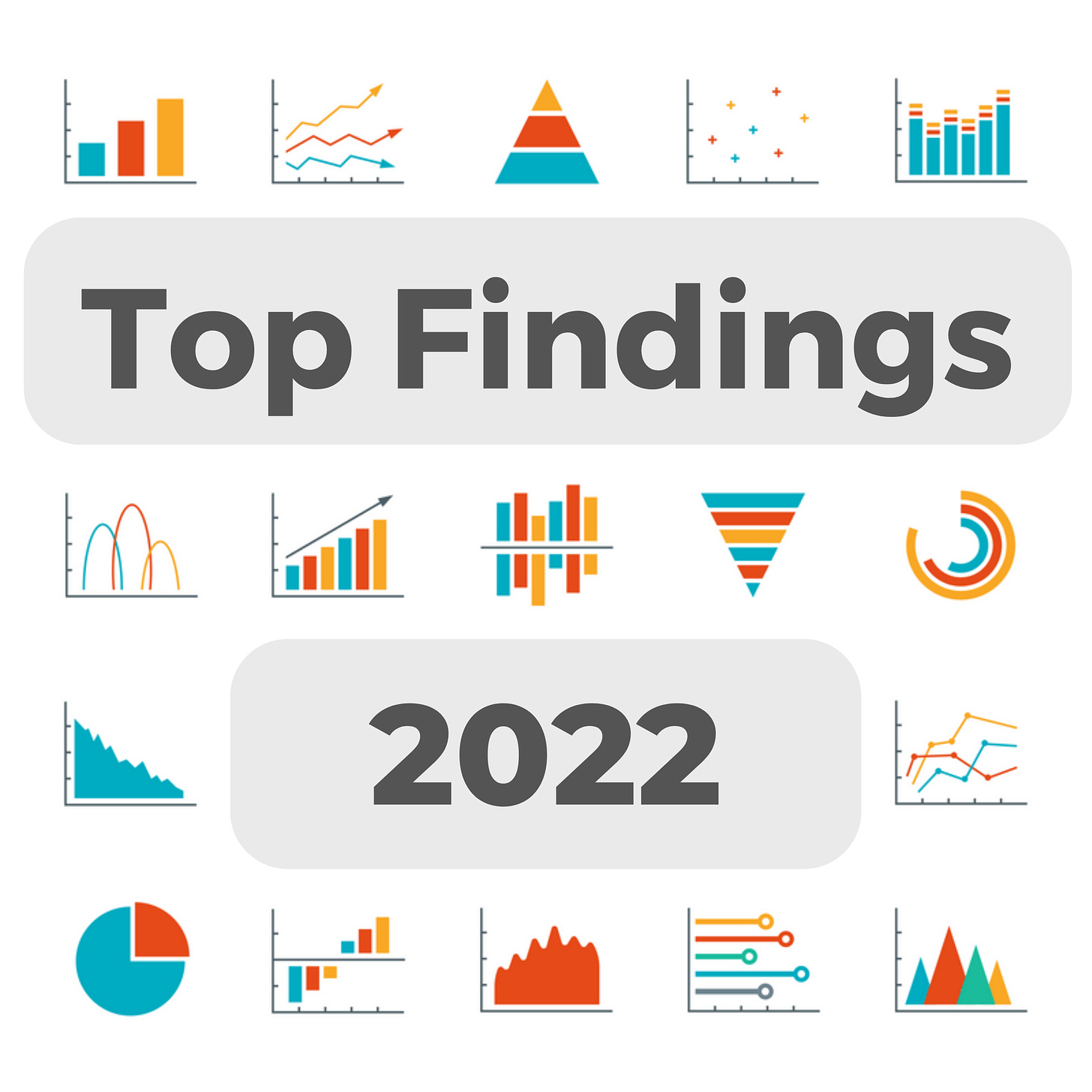We're days away from 2023, but before closing the book on 2022 I want to take a moment to reflect on what we’ve learned this year. Selecting just five charts to highlight a full year’s worth of work is extraordinarily difficult and inherently subjective. The following charts are not necessarily ones that attracted an inordinate amount of attention, were…
Keep reading with a 7-day free trial
Subscribe to American Storylines to keep reading this post and get 7 days of free access to the full post archives.




